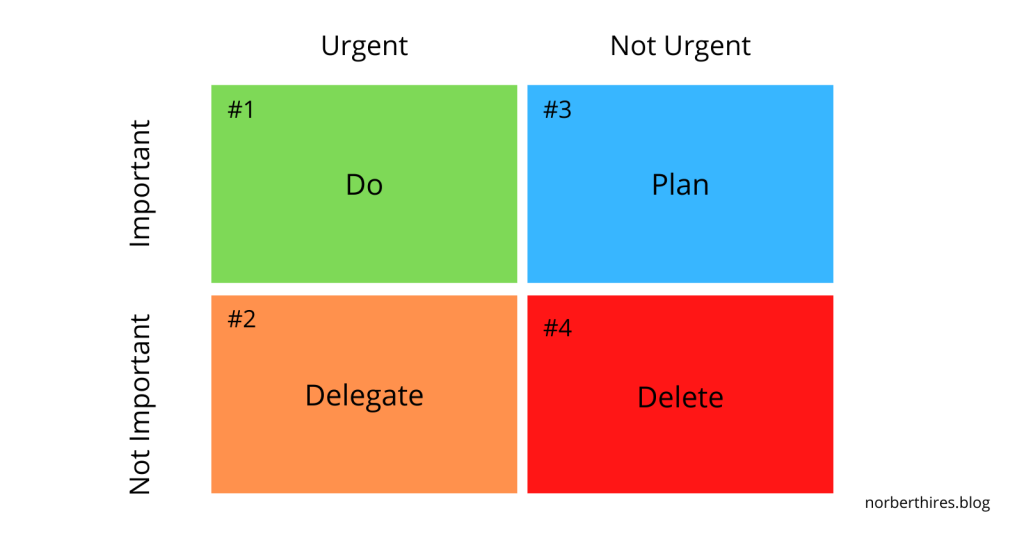Effective strategic task planning is essential for individuals and organizations to navigate the myriad demands of daily responsibilities and achieve long-term goals. One invaluable tool in the arsenal of productivity is the Eisenhower Matrix, a method that helps in prioritizing tasks based on urgency and importance. Named after former U.S. President Dwight D. Eisenhower, who famously said, what is important is seldom urgent and what is urgent is seldom important, the matrix provides a structured approach to decision-making. The matrix classifies tasks into four quadrants, each representing a different level of urgency and importance. The first quadrant contains tasks that are both urgent and important, necessitating immediate attention. This could include pressing deadlines or critical issues demanding swift resolution. The second quadrant is reserved for tasks that are important but not urgent. These are the strategic activities that contribute to long-term goals and require thoughtful planning.
Quadrant three captures tasks that are urgent but not particularly important, often distractions that can be delegated or minimized. Finally, quadrant four holds tasks that are neither urgent nor important, representing activities that should be reconsidered or eliminated from the workflow. The beauty of the Eisenhower Matrix lies in its ability to bring clarity to task prioritization. By forcing individuals to categorize their responsibilities, it becomes evident where to allocate time and energy for maximum impact. The urgency-importance framework enables users to focus on tasks that align with their overarching goals, fostering a proactive approach to time management. One challenge in implementing the Eisenhower Matrix is the temptation to prioritize urgent tasks over important ones. The matrix, however, encourages a shift in mindset, emphasizing the significance of strategic, long-term thinking. By addressing important but not urgent tasks, individuals can prevent crises and lay the groundwork for sustained success.

Moreover, the matrix promotes collaboration and delegation. Recognizing that not all tasks require personal attention allows for effective distribution of responsibilities and you could check here https://rizen.app/manage-and-plan-important-and-urgent-tasks-with-eisenhower-matrix/. Leaders can empower their teams by assigning tasks based on the urgency and importance criteria, ensuring that everyone is aligned with the organization’s priorities. In conclusion, the Eisenhower Matrix is a powerful tool for strategic task planning, offering a systematic approach to prioritization that aligns with the principles of effective time management. By emphasizing the distinction between urgency and importance, individuals and organizations can make informed decisions, allocate resources efficiently and ultimately achieve their long-term objectives. As the pace of modern life continues to accelerate, mastering the art of urgency prioritization becomes increasingly crucial for success in both personal and professional spheres.
